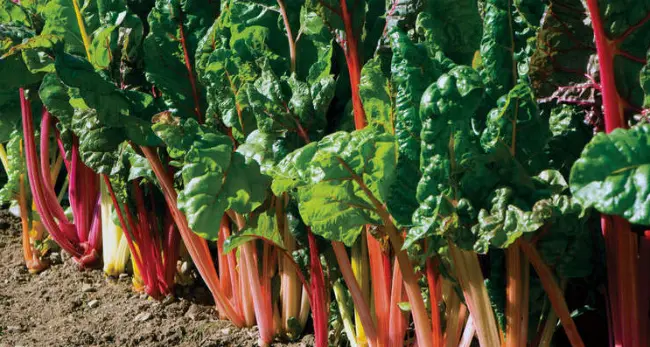Contents
😉 Hello everyone! Thank you for choosing the article “Physalis: what it is, the benefits and harms to health.”
Physalis: what is it
This is a perennial thermophilic plant, a representative of the Solanaceae family. It blooms from May to August; ripe fruits appear in September. Divided into decorative, medicinal and edible species. Edible varieties are used in cooking and medicine. Homeland – South America. Physalis appeared in Russia half a century ago.

Relatives: tomato, eggplant, paprika, potatoes, tobacco, poisonous – dope and henbane. The word “physalis” in translation from Greek means “bubble”. A bubble is called the shape of a box-case, in which the fruit (berry) is enclosed.
Physalis has many other names:
- bubble worm;
- Mexican tomato;
- strawberry tomato;
- emerald berry;
- sleepy dope;
- earthen cherry;
- Jewish apple;
- Chinese lantern;
- powerful;
- машнуха;
- махунка;
- and etc.
The yellow-orange physalis fruits resemble miniature tomatoes – relatives, after all. Ten berries fit freely in the palm of your hand. It is important to know that the shell-cap of the bladderworm is poisonous; to eat the berry, the shell-box must be removed. Leaves and stem are no less toxic.
There is a belief: the dried twigs of the bubble wort drive away evil spirits from the dwelling. In the house, “Chinese lanterns” create coziness and an atmosphere of warmth. The berries can be bought at the supermarket. Lenta sells small plastic packages of 300-400 gr.
Physalis: calorie content and chemical composition
In 100 grams of edible part:
- calorie content – 53 kcal;
- proteins – 1,9 g.
- fats – 0,7 gr.
- carbohydrates – 11, gr
- dietary fiber – no;
- water – 85 gr.
- vitamins: A, C, K, PP;
- vitamins of group B;
- sulfur, iron, phosphorus, calcium;
- organic acids: tartaric, citric, succinic, malic;
- tannins;
- flavonoids;
- quercetin and pectin.
Useful properties of physalis
Fleshy berries contain a lot of water, they quench thirst. The bladder has anti-inflammatory, analgesic, diuretic, choleretic effect. Used in the treatment of kidney stone disease, gout, articular rheumatism.
Fresh fruits and juice are used for: hypertension, dermatosis, dysentery. Decoction and infusion – for gout, cystitis, bronchitis, urolithiasis. What else is useful “Chinese flashlight”:
- strengthens the immune system;
- low-calorie fruits help reduce weight;
- prevention of oncological diseases;
- improves the cardiovascular system;
- good for eye health;
- slows down the aging process;
- strengthens bone tissue;
- normalizes blood sugar levels.

Противопоказания
The bubble berry has reliably protected itself with a poisonous bubble cover. Therefore, the cover should be removed before eating the berries. An unripe fruit can be toxic. There are contraindications:
- during pregnancy;
- the period of breastfeeding;
- component intolerance;
- with increased acidity of the stomach;
- children under 3 years old.
😉 Have you tried physalis? Share your opinion on the article “Physalis: what it is, the benefits and harms to health.” Subscribe to the newsletter for new articles. Come in, run in, drop in!










